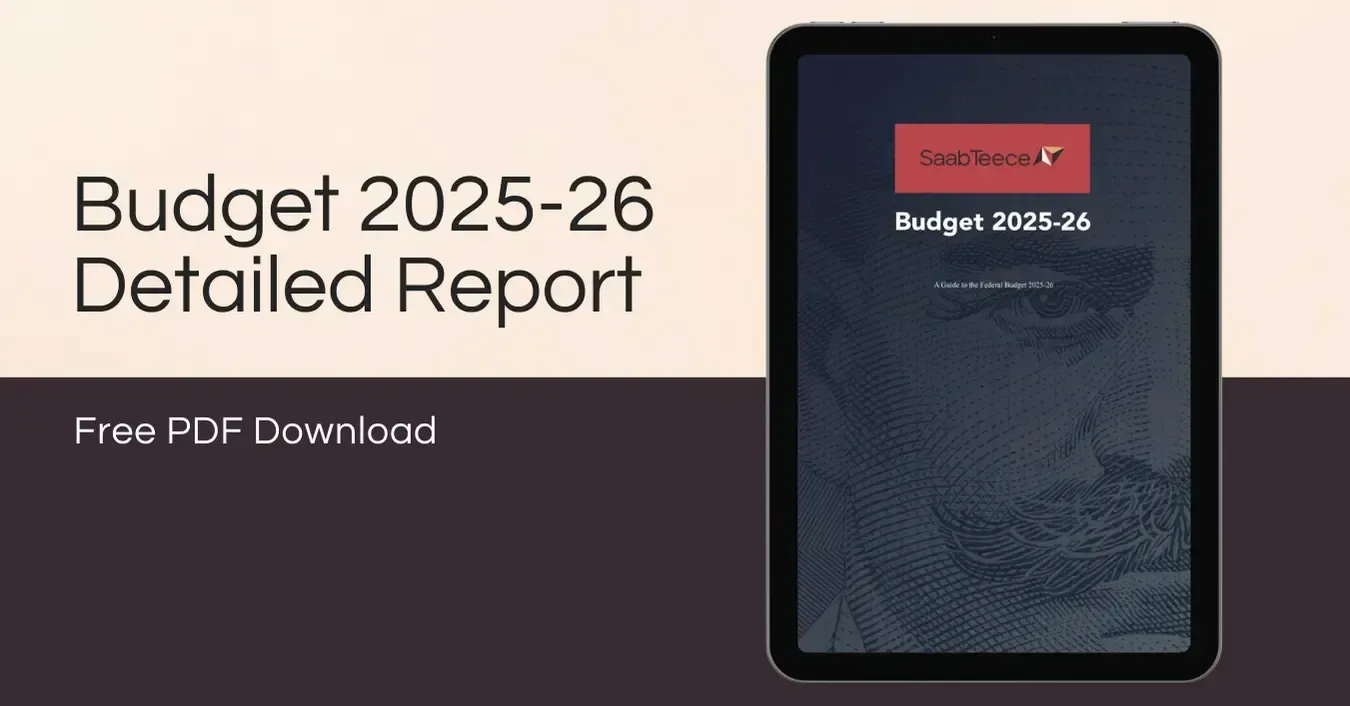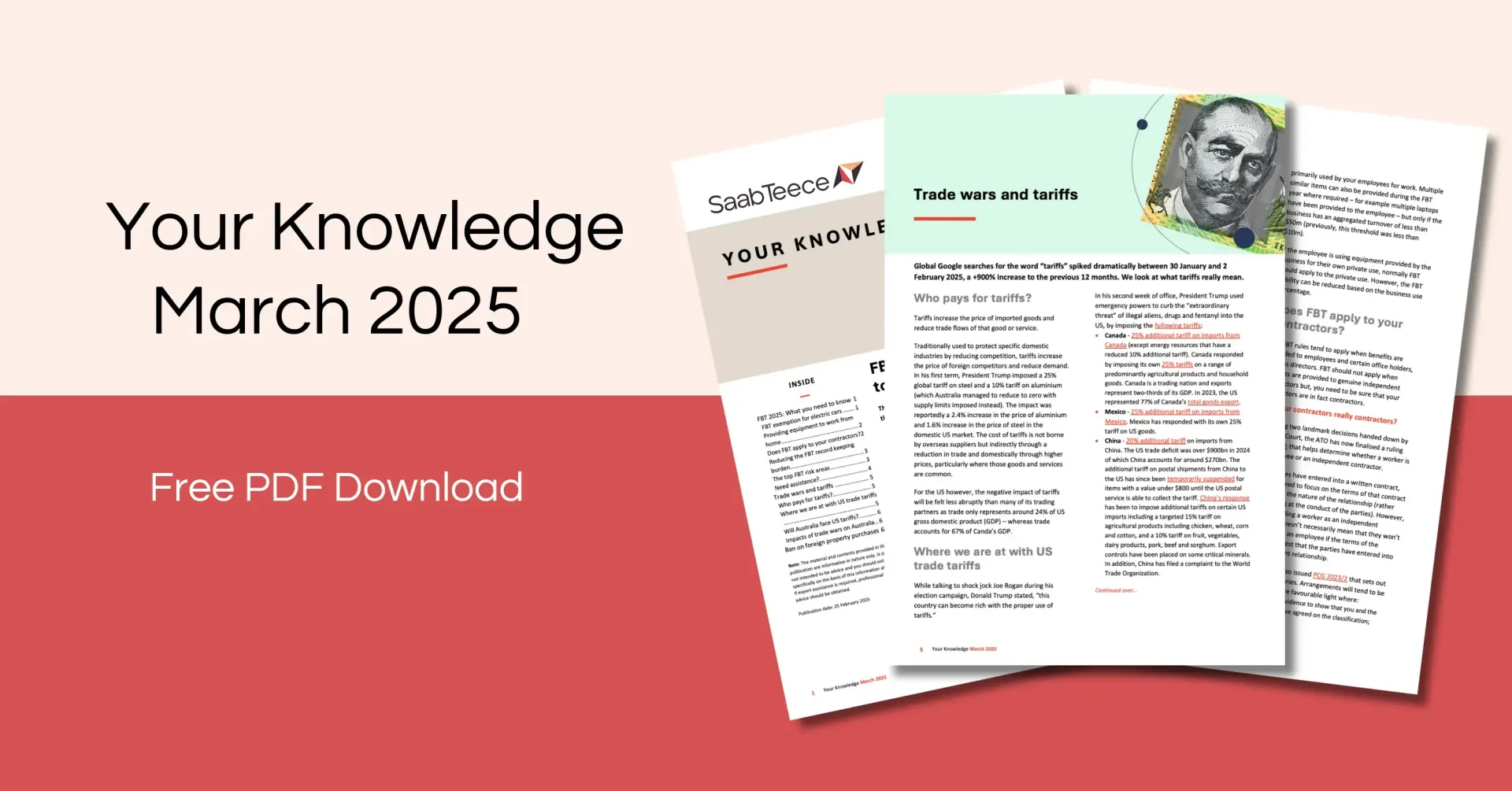ST Wealth Market Update • May 2023
Given the flow of mixed economic news, we thought it was a good opportunity to get in touch and share our latest perspective with a market update.
Market Backdrop
It is true that the market is facing mixed messages and cross currents at present. On one hand, we’ve got inflation coming off highs, although this is proving sticky, which is impacting the trajectory of interest rates. On top of that, we’re facing the prospect of a weak economy.
To help make sense of the situation, many people are asking which path is most likely and how they should be positioned. The truth is that we’ve seen situations like this before. Examples include 1952, 1966, 1984 and 1994. A key lesson is that the impact of “peak interest rates” is better thought of as a range of outcomes rather than a binary choice between soft and hard landings. Here are the main things that are in common between 1952, 1966, 1984, 1994 and now in 2023:
- Inflation picked up in the preceding year but showed signs of softening.
- Interest rates increased meaningfully in a short period.
- Unemployment was still low but vulnerable to an uptick.
- A potential global recession was a topic in the public eye.
Interestingly, markets held up well in the majority of cases cited above. That’s not to say we can confidently predict rising markets from here (markets don’t move predictably like this) but it does balance the narrative and shows the value of taking a calculated approach. In 1952, for example, the equity market went sideways for a few years before continuing its upward trajectory. In 1966, equities continued to rise despite some added volatility. In 1994, both stocks and bonds increased. So, it doesn’t sound right to say we’re experiencing a “soft” or “hard” landing. Instead, we’d simply say the economy is changing as we enter a new phase in the cycle.
Portfolio Perspective
A lot of fund managers we work with see merit in maintaining portfolio stability and staying the course, using a long-term, valuation-driven approach. On top of core exposure to local and global equities and bonds, they selectively include some granular assets that match to the environment and present good value. For example, healthcare stocks offer relative protection if the economy deteriorates. They also selectively have exposure to different regions such as Japan, Germany, small companies, and some emerging markets such as Korea. These can bring different drivers to the portfolio and better valuations. This should be positive for long-term portfolio outcomes.
One area which has been subjected to heavy scrutiny recently is the banking sector. This hasn’t been an issue in Australia, but we saw the collapse of a few U.S. regional banks as well as consolidation in the Swiss banks. Most fund managers do acknowledge risks in smaller regional banks globally and are resourcefully watching developments. That said, they are equally looking for valuation opportunities and stand ready to make changes if a further dislocation occurs.
Speaking of managing risks, a lot of fund managers are continuing to hold a healthy level of both government and corporate bonds. There is the potential that bonds offer both higher returns and less downside. So, broad diversification is warranted and the ability to find granular opportunities can help achieve better outcomes.
Taken together, active portfolios continue to adapt and bring a sense of balance that reflects the current environment. This should be a positive.
If you’d like to discuss any of the above, we'd be happy to chat.
Further, if you have had a change to your circumstances, we'll be available to chat about your broader financial plan and any strategies that might help, please click here and Kristian or Andrew will be in contact.
Kind Regards
The ST Wealth Team
Recent Posts

SaabTeece
Liability limited by a scheme approved under Professional Standards Legislation.
Shop 2, 17-25 William St, Earlwood, NSW 2206 Australia








